You may be surprised to know that chocolate could actually be considered a superfood; in fact, chocolate is one of the best sources of antioxidants in the world!
Research has shown that good-quality dark chocolate (anything above 70% cocoa solids) can actually improve your health and has some seriously impressive nutritionals!
Here, we explore the top 5 science-supported health benefits of dark chocolate; but first, let’s look at what makes dark chocolate so special…
What Are the Main Differences Between Dark, Milk and White Chocolate?

Where Does Chocolate Come From?

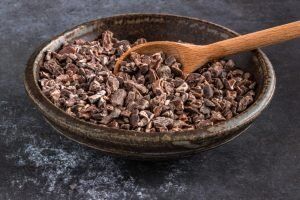
Before we uncover the top 5 proven health benefits of dark chocolate, here’s a handy jargon buster to get to grips with some of the terminology:
| Jargon Buster | |
| Flavonoids | Flavonoids are plant compounds that are found in almost all fruits and vegetables. Flavonoids are a diverse group of phytonutrients (plant chemicals) found in almost all fruits and vegetables. As with other phytonutrients, flavonoids are powerful antioxidants with anti-inflammatory and immune system benefits |
| Flavanols | Flavanols are a type of polyphenol, a group of natural compounds found in plants. Many polyphenols, including Flavanols, play a protective role for plants. So when we consume them, they’re thought to have a protective or antioxidant effect for us too. |
| Polyphenols | Polyphenols are micronutrients that we get through certain plant-based foods. They’re packed with antioxidants and potential health benefits. It’s thought that polyphenols can improve or help treat digestive issues, weight management, diabetes, cardiovascular disease and neurodegenerative disease. |
| Antioxidants | Antioxidants are substances that can prevent or slow damage to cells caused by free radicals (unstable molecules that the body produces as a reaction to environmental and other pressures). Antioxidants are sometimes called “free-radical scavengers.” The sources of antioxidants can be natural or artificial. |
| Free Radicals | Free radicals are unattached oxygen molecules that attack your cells, much like the way that oxygen attacks metal, causing it to rust. If you’ve ever seen an avocado turn brown once its been sliced, then you’ve witnessed free radicals at work. Wrinkles and sun damage on the skin are also signs of free radical damage. |
1. Powerful Source of Antioxidants:
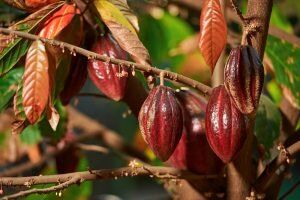
2. Rich in Important Nutrients:

100g of good quality dark chocolate (with at least 70% cocoa) contains:
- 11 grams of fiber
- 67% of the RNI (Reference Nutrient Intake) for iron
- 58% of the RNI for magnesium
- 89% of the RNI for copper
- 98% of the RNI for manganese
(15).
It also contains good amounts of potassium, phosphorus, selenium and zinc.
However, 100 grams is a considerably large amount and not a suggested serving size. Along with all of the above listed nutrients, 100g also racks up at 600 calories with moderate amounts of sugar. Therefore, dark chocolate is best consumed in moderation.
Dark chocolate also boasts an impressive fatty acid profile, with most of the fats being monounsaturated and saturated, along with small amounts of polyunsaturated fat.
Dark chocolate contains a small amount of caffeine along with other natural stimulants which may help to improve mood and provide a boost of energy. Caffeine is found in cocoa solids but not in cocoa butter, so you can therefore establish the amount of caffeine in chocolate by the cocoa content and darkness. The higher the percentage of cocoa solids in the chocolate, the more caffeine it will contain per gram.
Dark chocolate has around 25mg of caffeine in a 50g serving. Milk chocolate is significantly lower with less than 10mg of caffeine per 50g serving. As white chocolate is made using only cocoa butter and zero cocoa solids, it contains no caffeine at all (13).
3. May Reduce Cardiovascular Disease Risk:

Oxidised LDL is a harmful type of cholesterol that is produced in the body when LDL is damaged during chemical reactions with free radicals. When this happens, the LDL particles become reactive, leading to inflammation that’s capable of damaging other tissues in the body, and can lead to disease, organ damage, and increases the risk of heart attack or stroke (12). 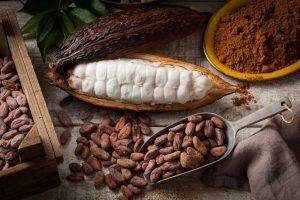
In fact, several long-term observational studies have shown a significant improvement:
- In a study of 470 elderly males, cocoa was shown to reduce the risk of death from heart disease by a staggering 50% over a 15 year period. (2)
- A separate study showed that eating dark chocolate more than 5 times per week lowered the risk of heart disease by 57% (7).
- Another study found that eating chocolate two or more times per week reduced the risk of having calcified plaque in the arteries by 32% (6).
However, since the biological process is known (lower blood pressure and oxidized LDL), it is plausible that regularly eating dark chocolate may reduce the risk of heart disease. Dark chocolate can also reduce insulin resistance, which is another common risk factor for many diseases like heart disease and diabetes (11). Long term regular consumption of dark chocolate could therefore potentially cause significantly less cholesterol to lodge in the arteries, resulting in a lower risk of heart disease.
4. May Help to Improve Brain Function:

There has been extensive research highlighting the positive effects that cocoa and dark chocolate can have on mood, both short term and long term. Some studies have reported evidence of an antidepressant effect and shown that consuming chocolate can help to improve a negative mood and increase ‘feel-good’ hormones such as serotonin (10, 16, 18, 20, 24).
Our brains use a lot of oxygen (around 20% of our bodies total intake) which makes them highly susceptible to free radical damage. However, antioxidants protect brain cells by neutralising free radical damage and preventing brain cells from ageing prematurely (3).
One particular study of healthy volunteers found that eating high-flavanol cocoa for five days improved blood flow to the brain (9).
Cocoa may also significantly improve cognitive function in elderly people with mental impairment or neurodegenerative disease. It may also improve verbal fluency and several risk factors for disease (5)
Additionally, cocoa contains stimulant substances like caffeine and theobromine, which may be a key reason why it can improve brain function in the short term (22).
5. May Lower Blood Pressure and Improve Blood Flow
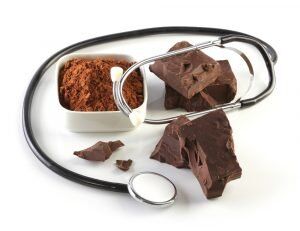
Nitric Oxide is a compound in the body which sends signals to blood vessels to relax and widen, which lowers the resistance to blood flow and therefore reduces blood pressure. NO also stimulates the release of certain hormones such as human growth hormone and insulin. NO supplements are a category of health supplements you may recognise, the main two being L-citruline and L-arganine, which are both present in many pre-workout products.
Many controlled studies show that cocoa and dark chocolate can improve blood flow and lower blood pressure, although the effects are generally mild (8, 14, 23).
The Take Home:
Always opt for high-quality dark chocolate where possible. Anything with a cocoa content of 70% or higher is a safe bet. Dark chocolates generally contains some sugar, but the amounts are usually minimal and the darker the chocolate, the less sugar it will contain. Check the label if you are watching your sugar intake. 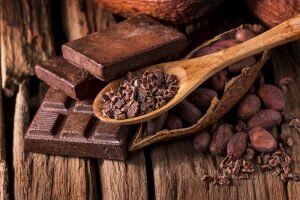
If you want to reap the benefits of cocoa minus the calories, try preparing a hot chocolate using cocoa powder, a little vanilla extract and milk or unsweetened plant milk. If you have a sweet tooth, use a small amount of natural sweetener such as agave or stevia, or try our delicious zero calorie, zero sugar syrups for a touch of sweetness without it affecting your macros…or your waistline!






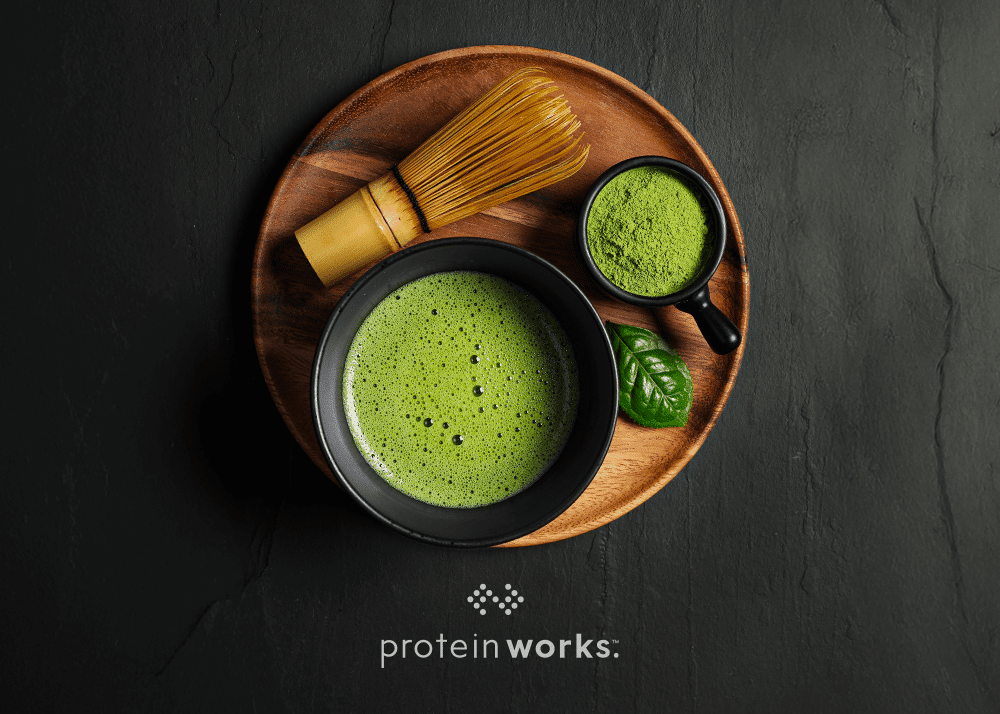
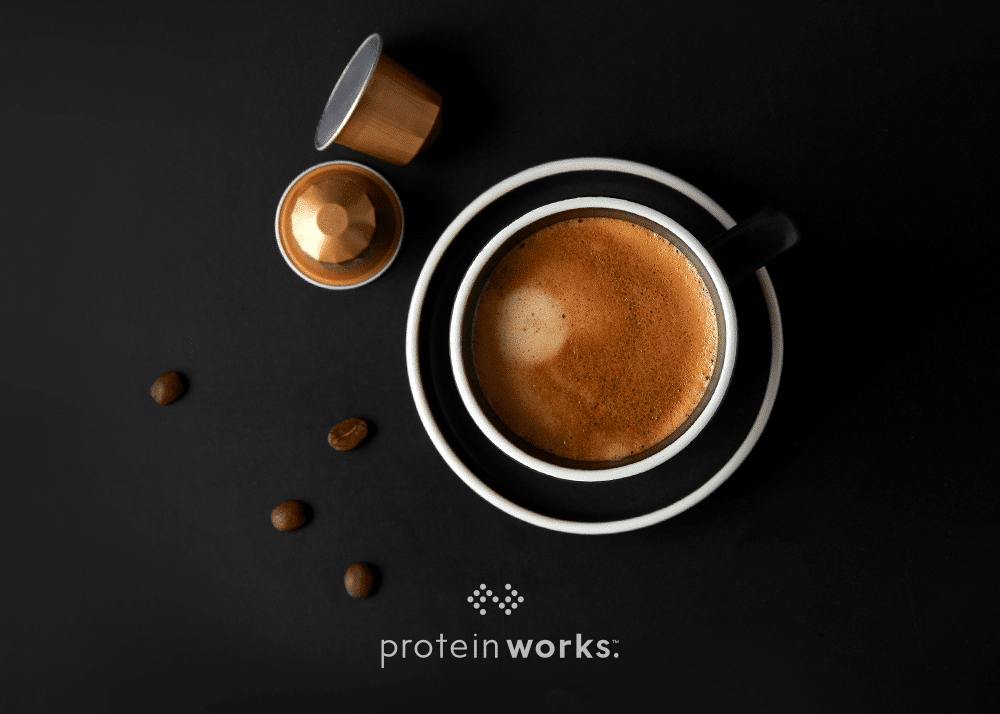

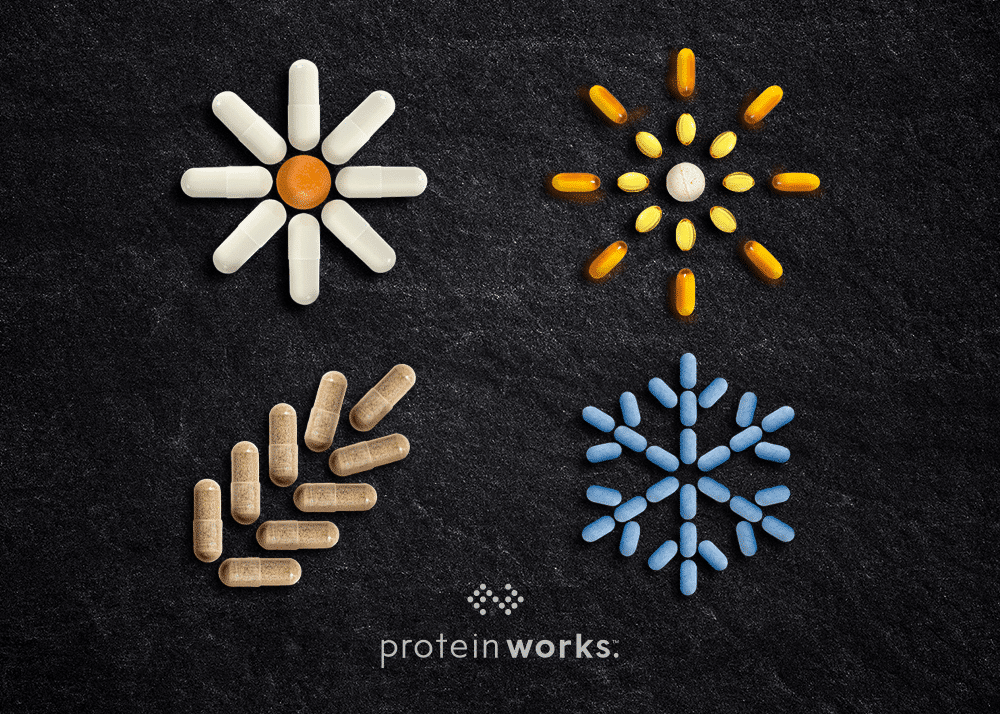
No Comments yet!